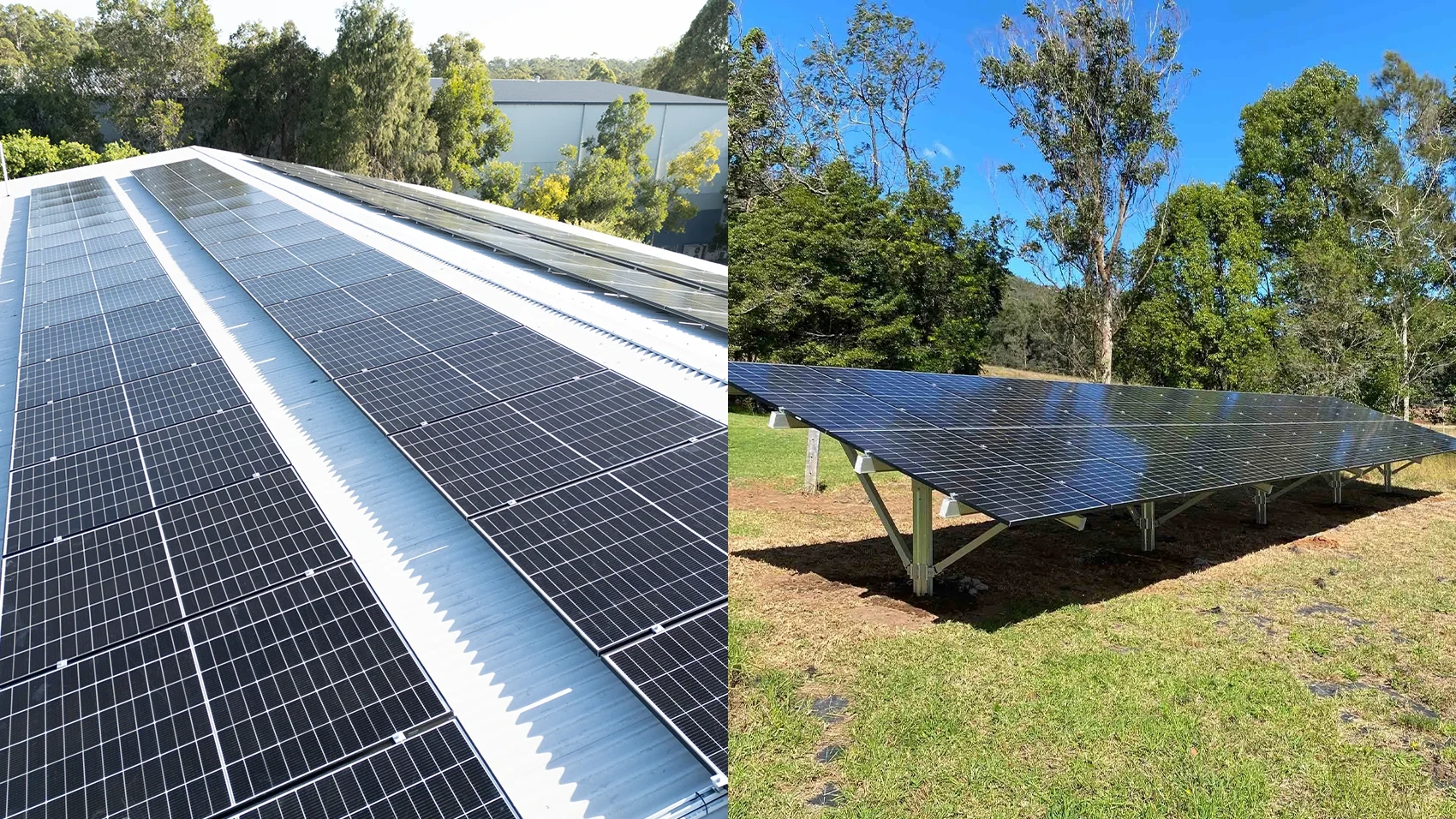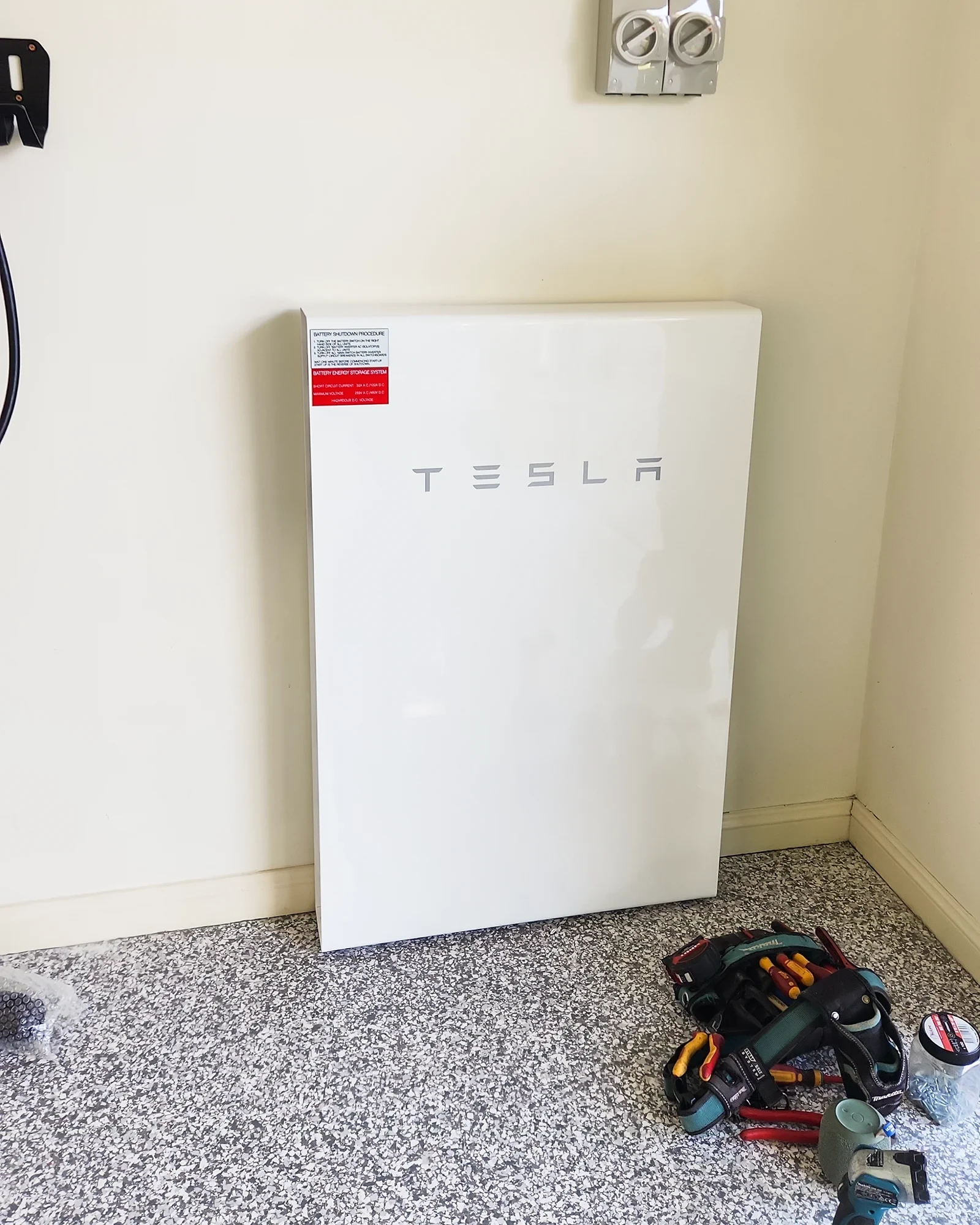The NSW Battery PRDS Incentive is Now Available
The NSW Battery PRDS Incentive is Now Available
Posted 8 Oct

Zappi and Fronius have some of the most popular electric vehicle chargers in
Australia. Along with the Tesla Charger, the Zappi charger and the Wattpilot have intrigued many EV
owners by their good-looking specs and features, but which is the better solar EV charger?
If you’re tossing up between the Zappi and the Wattpilot, we have put together a side-by-side comparison of their features and usability, as
well as the pro’s and con’s for both chargers. After a quick read, you should feel more confident on which charger is better suited
to your situation.

Here is a summary of key specifications and features that both chargers offer.
MyEnergi's Zappi
|
Fronius' Wattpilot (Go 11J, 22J, Home 11J, 22 J)
|
|
|
Mounting Location |
Indoor and Outdoor, Wall or Post mount |
Indoor and Outdoor, Wall or Post mount (Cannot be exposed to direct sunlight). |
|
Display |
LCD |
No Display |
|
Connector type |
6.5 m Type 2 Tethered Cable or Type 2 Untethered Options | Untethered |
|
Charging modes |
ECO, ECO+, and FAST |
Standard, ECO, Next-trip modes & Dynamic PV |
|
Rated Output Power |
7kW-22kW |
3.68kW-22kW |
|
Phase |
Single & Three Phase |
Single & Three Phase |
|
Connectivity |
Wi-Fi, APP |
Wi-Fi, APP |
|
Dimensions |
282 x 439 x 122 mm (WxHxD) |
155 x 287 x 109 mm (WxHxD) |
| Weight | 3.3 kg (22 kW model) | 1.82 kg (22 kW model) |
|
IP Rating |
IP 65 |
IP 65 |
|
Operating Temperature |
-25° to +40°C |
-25° to +40°C (without direct sunlight) |
| Solar Charging | Yes | Yes (Fronius Inverter only) |
| Security | Pin lock, Anti-tamper socket lock | RFID, Anti-tamper socket lock |
In terms of electrical specifications, both chargers are pretty similar with the exception of some features like having a screen on the
Zappi as opposed to the Wattpilot, and the Wattpilot being smaller in size.
Let’s talk about each charger and their range of models.

There are 2 versions of the Wattpilot, Go (11-22kW) and Home (11-22kW).
The home is designed to be permanently installed on properties, suitable for both indoor and shaded outdoor areas.
The go is designed for transportation whilst travelling. This version is detachable and offers both solar or grid charging if and when available at your location.
| Wattpilot Go 11J |
3.68 (1 phase) 11kW (3 phase) |
Untethered |
White |
| Wattpilot Go 22J |
7.36 (1 phase) 22kW (3 phase) |
Untethered | White |
| Wattpilot Home 11J |
3.68 (1 phase) 11kW (3 phase) |
Untethered |
White |
| Wattpilot Home 22J |
7.36 (1 phase) 22kW (3 phase) |
Untethered | White |
Note: The Go 11J is not in the AUS version of the datasheet.
Does the Wattpilot offer an APP?
The Fronius Wattpilot offers an app for easy visualisation and access to information of how your charger is performing, charging modes, and updating software easily. This app is available for both phones and tablets.
Can the Wattpilot charge from Solar?
Yes, the Fronius Wattpilot can charge directly from Solar energy with its dynamic load balance feature which allows the charger to optimally charge your electric vehicle in accordance with your home’s usage.

There are multiple versions of the Zappi charger, and it may seem confusing at first but when you see the table below, it will make more sense.
There are 8 versions of the Zappi charger, 4 white versions and 4 black versions. Within those 4 versions for each colour, there are an untethered and tethered option as well as the single or three-phase versions.
| ZAPPI-2H07UW-G |
7kW (1 phase) | Untethered |
White |
| ZAPPI-2H07TW-G |
7kW (1 phase) | Tethered |
White |
| ZAPPI-2H07UB-G |
7kW (1 phase) | Untethered |
Black |
| ZAPPI-2H07TB-G |
7kW (1 phase) | Tethered |
Black |
| ZAPPI-2H22UW-G |
22kW (3 phase) | Untethered |
White |
| ZAPPI-2H22TW-G |
22kW (3 phase) | Tethered |
White |
| ZAPPI-2H22UB-G |
22kW (3 phase) | Untethered |
Black |
| ZAPPI-2H22TB-G |
22kW (3 phase) | Tethered |
Black |
Does the Zappi offer an APP?
Yes, Zappi offer a free custom app where you can analyse live data from your charger, control modes, and allow you to control myenergi devices such as eddi, harvi and of course, the Zappi.
Can the Zappi charge from Solar?
Yes, the Zappi can charge from excess solar in the ECO and ECO+ modes. This allows the charger to utilise any excess solar energy and put it into your electric vehicle.
Standard Mode
This is the standard charging mode and can be charged in increments with the push button and charges from both from excess solar and
the grid.
ECO Mode
The charging mode designed for
Solar system owners that want to charge their electric vehicle with solar if excess solar power is available.
Next Trip Mode
For those wanting to reliably charge their EV as fast as possible, or a specific amount, and it will calculate and intelligently charge
to the required amount.

![]()
ECO Mode
This mode is a solar based charging method and reacts to fluctuations in solar productivity and switches to grid energy if solar is not
available.
ECO+ Mode
This mode is
similar to ECO, but instead of switching to grid energy when solar energy is unavailable, the charger switches off and only continues
when solar becomes available again.
FAST Mode
This is
their standard mode that will charge the vehicle as fast as possible.

The Wattpilot can be secured with an approved RFID chip or card. The charger also consists of an anti-theft system for your type 2 charging cable, with a shackle and locking option available.
The Type 2 socket version (untethered) has a built-in locking system. The Zappi also can be secured by a 5-digit pin, which will need to be entered every time you use it. From what we can see, the Zappi does not offer an RFID system like the Wattpilot.



So what now? How do you decide?
This decision will come down to a couple of things; budget, security, and size. The Zappi does not offer RFID functionality, and is bigger than the Wattpilot, however the Wattpilot is only compatible with Fronius Inverters and may not be compatible with your existing solar system.
Both chargers will charge with solar if that is your main goal, so it is up to you whether you value
having something smaller, if you want a charger that you can unlock with a swipe, if 2-year warranty is too little, or if you're
looking for more variety in styles and capabilities.

If you're still unsure on what charger you think would work best for you, we would love to talk to you about possible options and point you
in the right direction or even book and installation with us, so we can get you charged and on the road.
This article is a comparison and does not include any suggestion on which charger you should purchase. If you would to be consulted
on which charger will be best for you, contact us and talk to our team.

Rooftop and ground mounted solar are ways you can add solar to your home.. but which is better? Compare roof vs. ground solar systems and see what's best.

Explore the NSW battery 'rebate' (Peak Demand Reduction Scheme), approved battery brands, pricing, and how you can be eligible to save on your first battery.
Leave a Comment